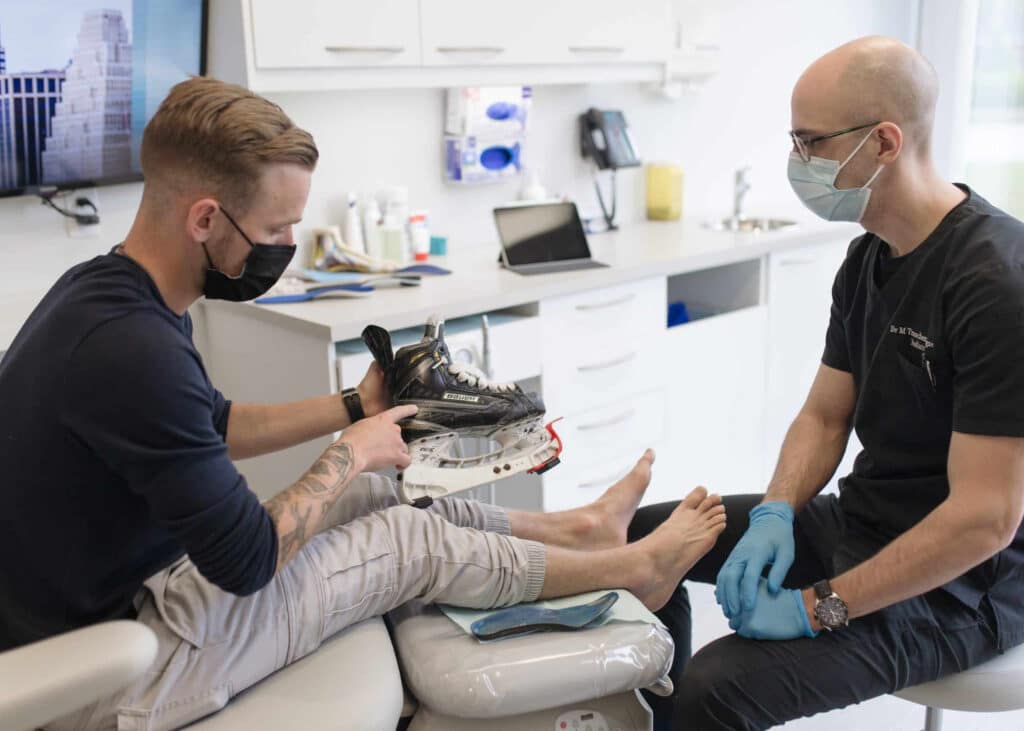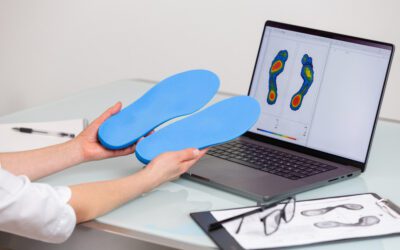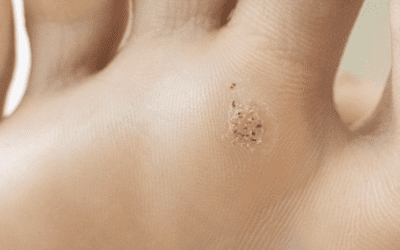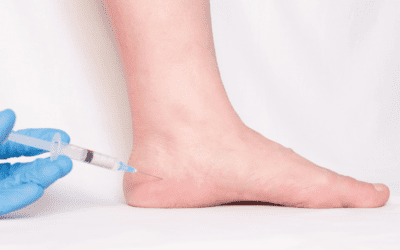The podiatrist plays an important role in sports medicine.

Sports medicine and podiatrist
The podiatrist can help prevent foot injuries during training. By helping athletes maintain and improve the health of their feet and ankles, the podiatrist can assist athletes in a variety of ways.
Prevention of injuries: The podiatrist can recommend appropriate sports shoes, orthotics, and stretches to help prevent foot injuries during exercise.
Diagnosis and treatment of injuries: If an athlete suffers a foot injury, the podiatrist can diagnose the injury and recommend treatment to speed up healing and prevent recurrences.
Improvement of performance: The podiatrist can help athletes improve their performance by giving them advice on how to properly perform certain exercises and by recommending sports shoes suited to their activity.
Recovery tips: The podiatrists can advise athletes on how to recover after exercise to help prevent injuries and maintain their physical shape and recover a best condition.
Table of Contents Sports medicine and podiatrist
IF YOU SUFFERED A FOOT INJURY DURING TRAINING, A PODIATRIST CAN HELP YOU IN SEVERAL WAYS
Diagnosis: The podiatrist will carry out an evaluation of your foot injury and determine the cause of the pain and discomfort.
Treatment: Depending on your injury, a podiatry clinic may recommend one or more treatments to relieve pain and speed up healing. This treatment may include medication, orthotics, physiotherapy, or surgery.
Prevention: The podiatrist can advise you on how to prevent foot injuries in the future, for example by recommending appropriate sports shoes or giving you advice on how to properly perform certain exercises.
There are several warm-up exercises that you can do to prepare your feet and ankles before practicing a sport.
Toe stretching: Sit on the floor and stretch your toes by pointing them forward and then backward. Repeat this exercise several times.
Ankle stretching: Place an elastic band around your foot and pull on both ends to stretch your ankle. Hold the stretch for a few seconds before releasing.
Ankle rolling: Sit on the floor and roll your foot on a tennis ball or foam roller. Make circular motions with your foot to massage the sole and stretch the ankle.
Hopping on the spot: Hop on the spot by alternately landing on the heel and the tip of your foot. This exercise will help you warm up your muscles and improve your coordination.
It is important to warm up before practicing a sport to prevent foot injuries. Remember to drink enough water and stretch before and after your exercise session.
There are several types of foot injuries that can occur during training, here are some examples:
· Ankle sprain: This is a common injury that occurs when the ankle is twisted abnormally, causing damage to the ligaments.
· Fracture: A fracture can occur when a bone in the foot is broken due to a impact or excessive pressure.
· Tendinitis: Tendinitis is inflammation of the tendon, which is a strong tissue that connects muscle to bone. It can be caused by overuse or repetitive movement.
· Heel spur: A heel spur is a bony protrusion under the heel that can cause pain and discomfort during exercise.
· Broken toe: A broken toe can occur due to impact or excessive pressure on the toe.
Here are some tips for avoiding foot injuries during training:
· Choose appropriate sports shoes: It is important to wear sports shoes that are designed for your type of exercise and that provide good support and stability.
· Warm up before starting exercise: Warming up prepares your body for exercise by increasing your body temperature and improving your flexibility.
· Pay attention to your posture and technique: Poor posture or technique can cause foot injuries. Make sure to follow the instructions of your coach or instructor and maintain good posture during exercise.
· Listen to your body: If you experience foot pain during exercise, stop immediately and take a rest. If the pain persists, consult a doctor or healthcare professional.
· Do stretching: Stretching helps to strengthen muscles and prevent injuries. Make sure to do stretching before and after exercise to help prevent foot injuries.
By following these tips, you should be able to reduce the risk of foot injuries during training.
CHOOSING THE RIGHT SHOES It’s important to wear appropriate sports shoes to avoid injuries during training. Here are some tips for choosing the right shoes:
Select the type of shoe based on your activity: There are different types of sports shoes for different types of exercises. For example, if you practice running, you should wear running shoes; if you do fitness, you should wear fitness shoes.
Check the fit: Make sure the shoes you buy are comfortable and well-fitted. They should be big enough to allow your toes to move freely, but not too big that they slip during exercise.
Pay attention to support: Sports shoes should offer good support to help prevent injuries. Check that the shoe has a foam midsole and a stable heel for adequate support.
Opt for quality shoes: It may be tempting to buy cheap sports shoes, but they will not be as durable or comfortable as quality shoes. Invest in quality sports shoes to avoid injuries and get better comfort during exercise.
By following these tips, you should be able to find sports shoes that will allow you to safely and confidently practice your activity.
IN SUMMARY TO AVOID INJURIES DURING TRAINING
It’s important to take care of your feet and treat foot injuries properly to avoid worsening the damage and ensure full healing. If you have foot pain during training, it’s recommended to consult a doctor or healthcare professional for appropriate diagnosis and treatment.
By working with a podiatrist, you can receive effective treatment for your foot injury and advice to prevent future injuries. If you have suffered a foot injury during training, it’s recommended to consult a podiatrist for appropriate diagnosis and treatment.



